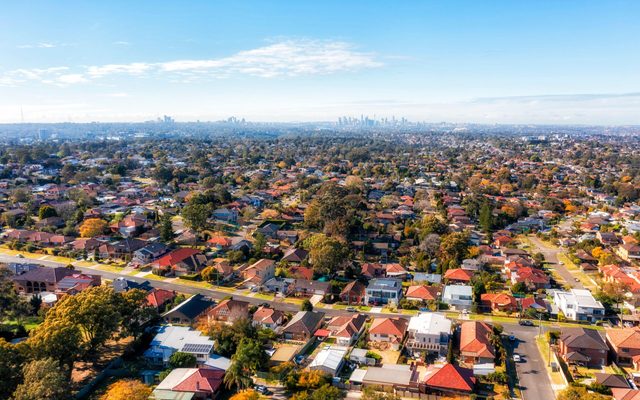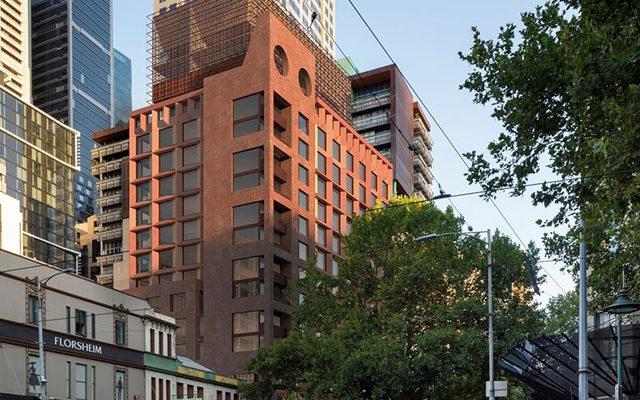This article is from the Australian Property Journal archive
THE Australian Prudential Regulation Authority has removed the 30% cap on interest-only loans from banks, as the Sydney and Melbourne housing markets move through historic downturns and uncertainty around the tightened lending environment increases ahead of the royal banking commission findings being handed down.
APRA’s move will be effective from January 1. The regulator has now removed both key measures introduced in early 2017 in a bid to take the heat out of skyrocketing house prices, after also winding back the 10% property investor lending annual growth cap earlier this year.
Wayne Byres, APRA chairman, said the lending benchmarks on investor and interest-only lending were always intended to be temporary.
“Both have now served their purpose of moderating higher risk lending and supporting a gradual strengthening of lending standards across the industry over a number of years,” he said.
APRA said it had removed the investor loan growth cap subject to banks “providing certain assurances as to the strength of their lending standards”, and that “most ADIs have now provided those assurances”.
The announcement comes one week after APRA’s latest Quarterly ADI Property Exposures data showed interest-only loans had fallen to 16.2% of new lending for all lenders, down from the record high of 45.7% in June 2015.
The banks’ entire loan books are now under APRA’s 30% mark, at 27%.
It also follows the OECD’s dire warning last week for Australian authorities and regulators to “prepare contingency plans” for a “severe collapse” in the housing market, which could trigger a wider economic shock and require government assistance for national lenders.
APRA’s measures made a swift contribution to the country’s major housing markets entering a cooling phase following an extended growth cycle. Sydney peaked just a few months later, in July last year, and Melbourne’s followed in November, according to CoreLogic, which has Sydney prices now 9.5% below then and Melbourne by 5.8%.
A raft of analysts are predicting both markets to record peak to trough falls of up to 20% by the end of the downturn, which could last in Melbourne until 2021, according to Capital Economics.
It reaffirmed its previous suggestion the full effect of the tighter lending conditions on house prices hasn’t yet been felt, and that the current downturn would be the longest and deepest in the country’s history, a forecast echoed by UBS.
Yesterday, UBS analyst George Tharenou said the removal of the interest-only cap is “unlikely to result in a re-acceleration of housing credit growth”.
“The major banks should continue to tighten underwriting standards as they move towards complying with responsible lending laws in response to the royal commission and will result in further reductions to customer maximum borrowing capacity.”
Investor lending in October made up 32.9% of the market, according to official data, its lowest since November 2011.
Comparison site Mozo said there has been a 37 basis point average increase in interest rates on investor, interest-only loans since March 2017. On average, rates are now 32 bps above investor, principal and interest loans, and 76 bps above owner occupied, principal and interest rates.
Interest rates for owner occupier interest only loans have risen by 33 bps.
“While we welcome the push to improve lending standards, it’s clear the cap on interest only loans has put the brakes on the investor market,” Steve Jovcevski of Mozo said.
Sally Tindall, research director at RateCity.com.au, said APRA’s announcement is good news for investors.
“APRA’s intervention has had a marked effect on new borrowing and banks have proven that they can remain well under the cap,” she said.
“This announcement today will see banks re-open their books to more interest-only lenders, particularly investors.
“Whether they drop their interest-only rates to attract more borrowers on to their books, will be interesting.”
The big four banks collected an extra $1.1 billion over the last financial year as a result of hiking interest-only rates, according to the final ACCC report into residential mortgage pricing released last week.
RateCity.com.au data shows the average gap between owner occupiers paying principal and interest and investors paying interest-only has grown from 0.20% to 0.57% over three years.
“With increasing anxiety over the domestic housing market, the government will be hoping this decision will help curb the falls in home lending and steady the Sydney and Melbourne housing markets,” Tindall said.
Property Council of Australia chief executive officer, Ken Morrison, said the APRA’s announcement “provides welcome certainty and direction”.
The ANZ/Property Council industry confidence survey for the December quarter showed expectations around debt finance availability for the next 12 months had fallen to record low levels.
Australian Property Journal




